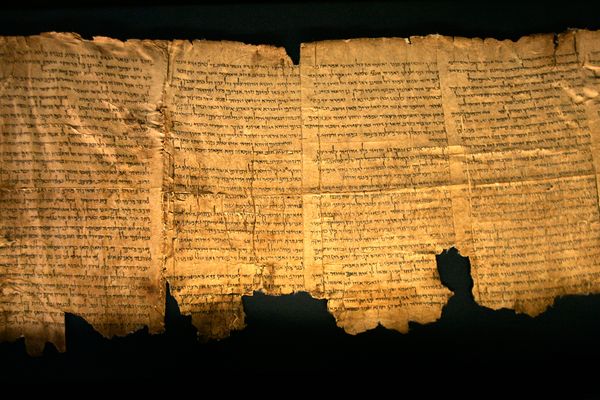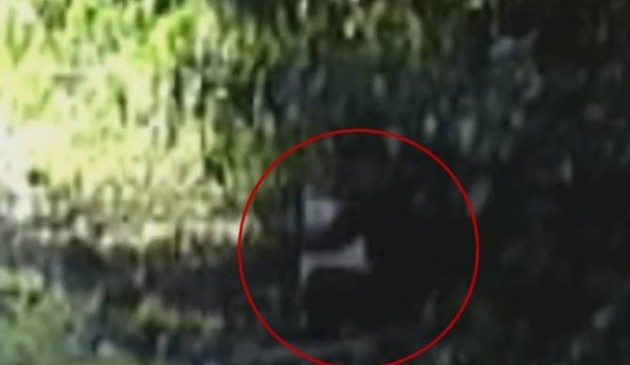Nine newfound penny-sized pieces of parchment belonging to the Dead Sea Scrolls laid unopened for nearly six decades before they were rediscovered in Israel.
The scrolls went unnoticed for years until one scholar came across them while searching through the Israel Antiquities Authority’s (IAA) storerooms, the Times of Israel reported.
“Either they didn’t realize that these were also scrolls, or they didn’t know how to open them,” the IAA’s head of artefact treatment and conservation Pnina Shor explained.
‘Either they didn’t realize that these were also scrolls, or they didn’t know how to open them.’
– Pnina Shor, head of artefact treatment and conservation for the IAA
 The tiny scrolls were found inside three phylacteries, small leather boxes with Biblical versus written on them (called tefillin) that are worn by Jews during their morning prayers. Their discoverer, Yonatan Adler, had the boxes scanned by CT at a hospital in Israel in hopes there would be parchment inside.
The tiny scrolls were found inside three phylacteries, small leather boxes with Biblical versus written on them (called tefillin) that are worn by Jews during their morning prayers. Their discoverer, Yonatan Adler, had the boxes scanned by CT at a hospital in Israel in hopes there would be parchment inside.
He was right.
Once unopened, the scrolls are expected to shed new light on the religious practices of the Jewish people during the Second Temple Period between the years of 530 BC and 70, an era named for a holy place of worship for the Jewish people that was constructed by the builder of ancient Jerusalem King Herod. The Dome of the Rock stands today where the Second Temple purportedly once stood.
At least two dozen phylactery scrolls were discovered in the 1940s and 50 along with the rest of the Dead Sea Scrolls in a limestone cave in the West Bank’s Qumran in Israel.
“[I] found a number of fragments of tefillin cases from Qumran Cave 4, together with seven rolled-up [phylactery] slips,” Adler told the Times of Israel.
 Until now, the scrolls remained bound inside the phylacteries for approximately 2,000 years.
Until now, the scrolls remained bound inside the phylacteries for approximately 2,000 years.
The IAA has been tasked with the difficult job of unrolling the scrolls without damaging them.
“We’re going to do it slowly, but we’ll first consult with all of our experts about how to go about this,” said Schor, who would not reveal when the process would start. “We need to do a lot of research before we start doing this.”
Remains of more than 900 religious manuscripts were found in 11 caves near the Dead Sea in the 1940s and 50s in Qumran.
Originally posted 2014-03-19 22:31:52. Republished by Blog Post Promoter














